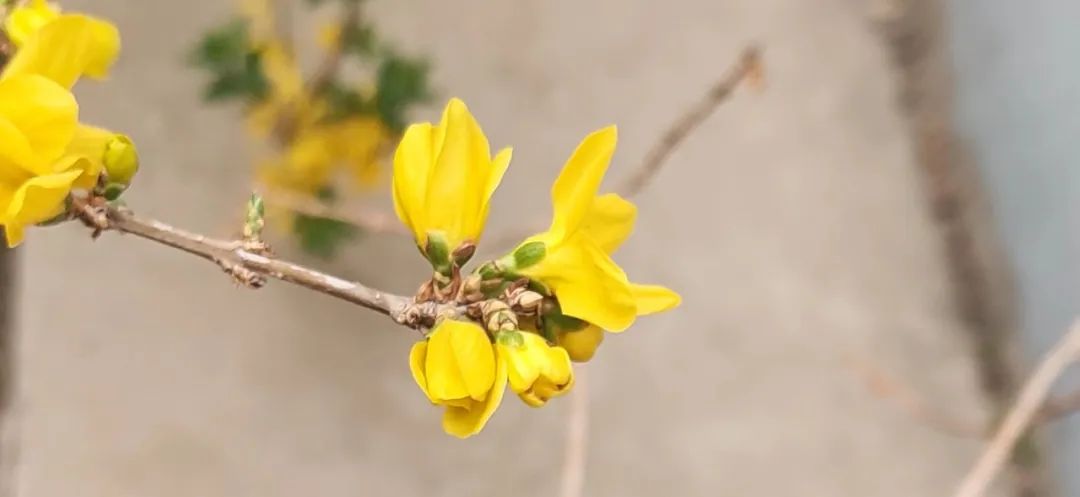
In the bright spring of March,
Forsythia flowers bloom one by one, in clusters, on branches
Golden yellow blossoms densely packed
In the warmth of spring, they rush to show
Their beauty to the season.
After admiring the beauty of Forsythia flowers,
let’s explore the “wonder” of Forsythia fruits!
First, let’s understand the “basic information” about Forsythia.
Source
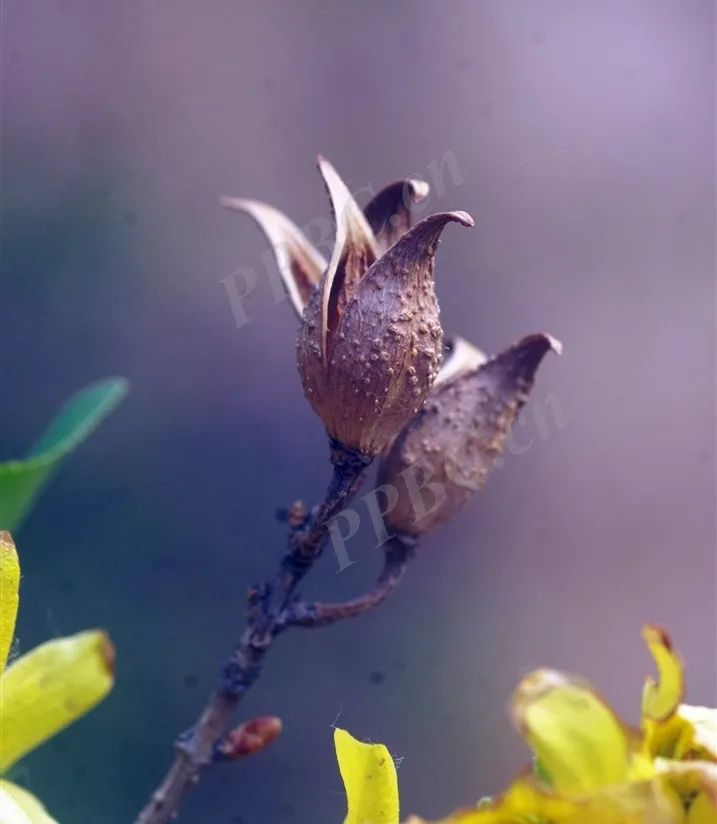
This product is the dried fruit of the plant Forsythia suspensa (Thunb.) Vahl, belonging to the Oleaceae family.
Harvesting and Processing
Harvest in autumn when the fruits are initially ripe and still green, remove impurities, steam, and dry, commonly referred to as “Qingqiao”; harvest when the fruits are fully ripe, dry, and remove impurities, commonly referred to as “Laoqiao”.
Production Areas
Mainly produced in Shanxi (Anze, Lingchuan, Qinshi, Fushan, Qinyuan, Guxian, Wenxi, Jiangxian, Yuanqu, Yangcheng), Henan (Lushi, Luanchuan, Songxian, Xixia, Tongbai, Jiyuan, Huixian), and Shaanxi (Luonan, Shannan, Danfeng, Shanyang).
Plant Morphology
Deciduous shrub
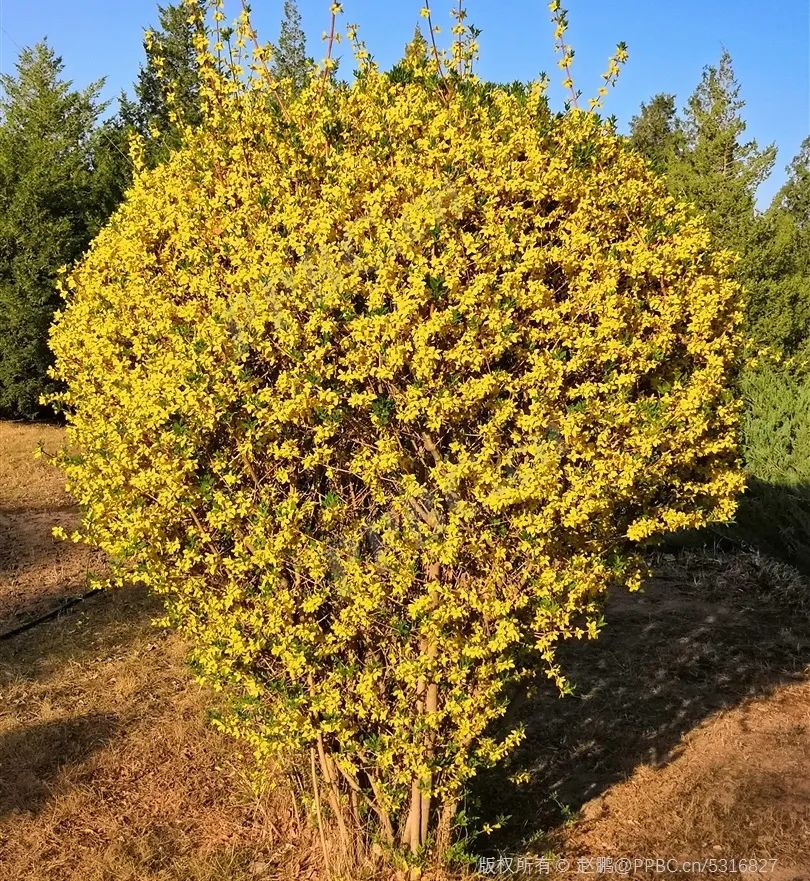
Branches
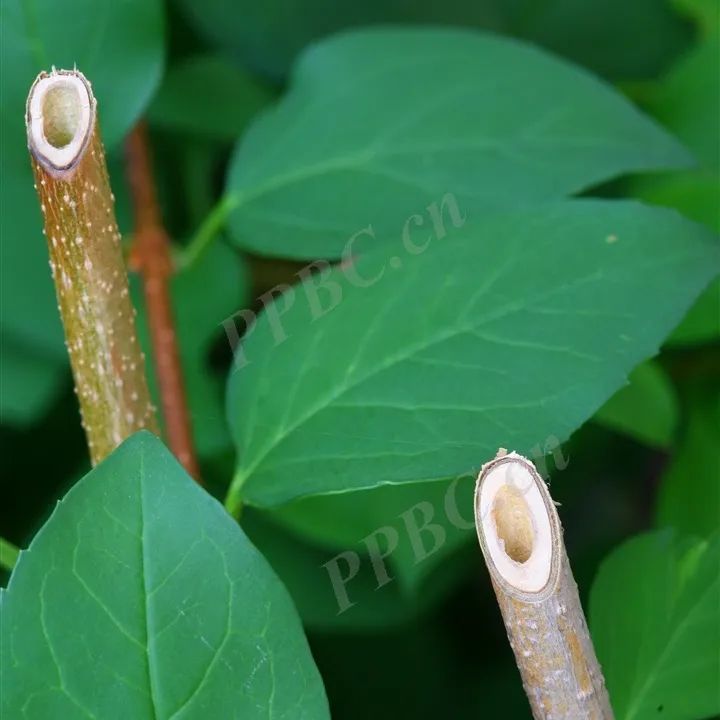
Branches are spreading or drooping, brown, brownish-yellow, or light yellow-brown; young branches are yellowish-brown or gray-brown, slightly quadrangular, sparsely covered with lenticels, internodes are hollow, nodes have solid pith.
Flowers

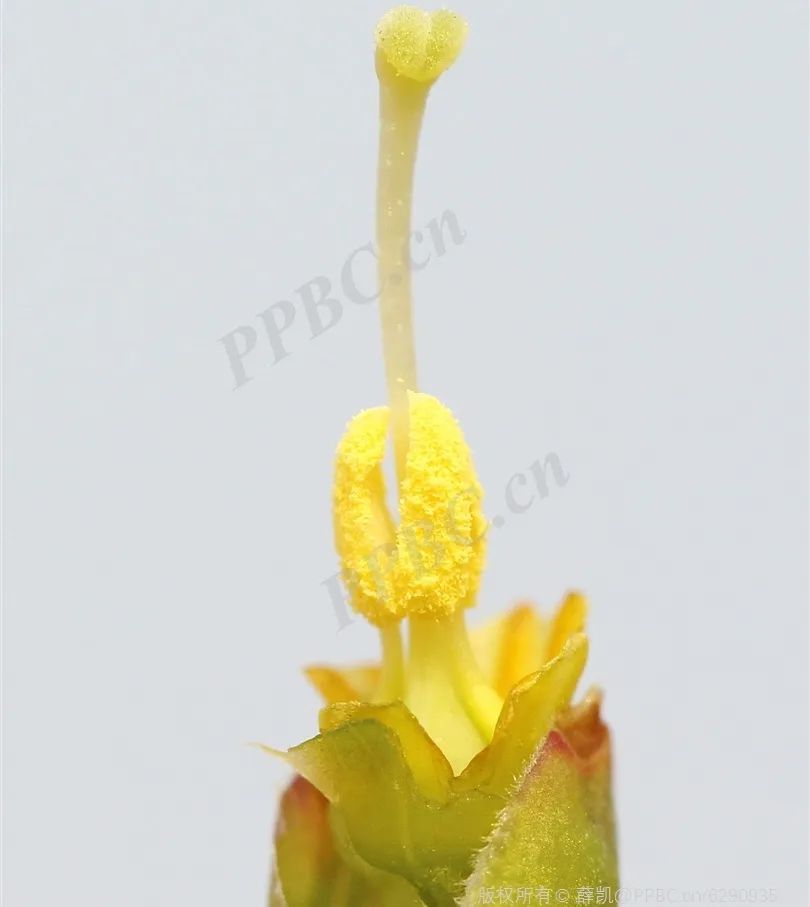
Forsythia flowers bloom in March and April, usually solitary or in clusters of 2 to several in leaf axils, opening before the leaves; the calyx is green, with lobes that are long oval or oval-shaped, with blunt or sharp tips, and the edges are hairy, nearly equal in length to the corolla tube; the corolla is yellow, with 4 petals, lobes are obovate or long oval.
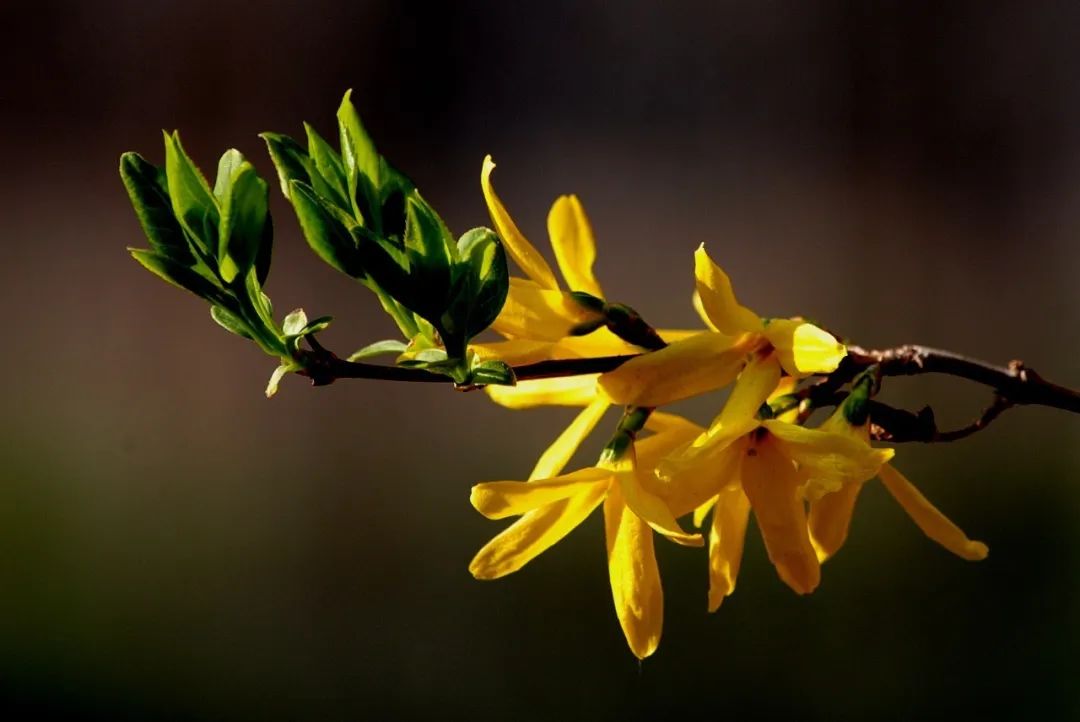
Now is the flowering period of Forsythia, so everyone can go outdoors to observe!
Leaves

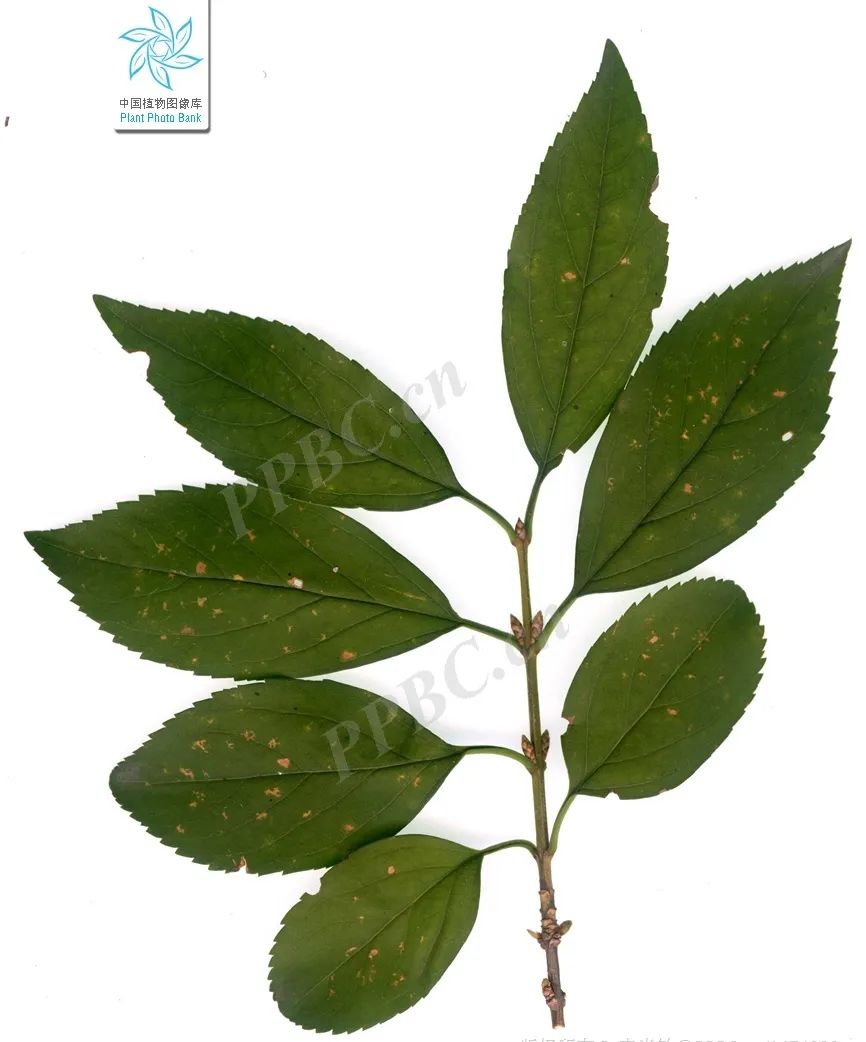
Leaves are usually simple, or 3-lobed to trifoliate, leaf blades are ovate, broad ovate, or oval to elliptical, 2-10 cm long, 1.5-5 cm wide, with a sharp tip, base rounded, broad wedge-shaped to wedge-shaped, leaf margins have sharp serrations or coarse serrations except at the base, dark green above, light yellow-green below, both surfaces are hairless; petioles are 0.8-1.5 cm long, hairless.
Fruits
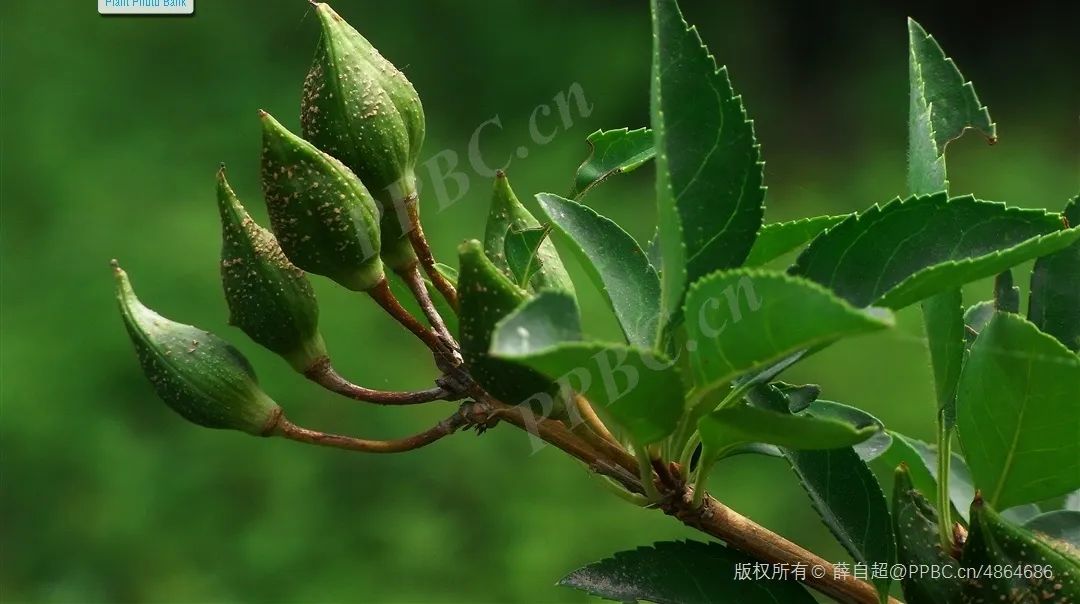
By the end of July, the Forsythia fruits will be ripe (Qingqiao), at this time the content of the active ingredient Forsythoside reaches its peak.
The fruits are oval, oval-shaped, or long oval, 1.2-2.5 cm long, 0.6-1.2 cm wide, with a beak-like tip, and the surface sparsely covered with lenticels; the fruit stalk is 0.7-1.5 cm long.
Early Spring Sister Flowers
Identification Point 1: Calyx
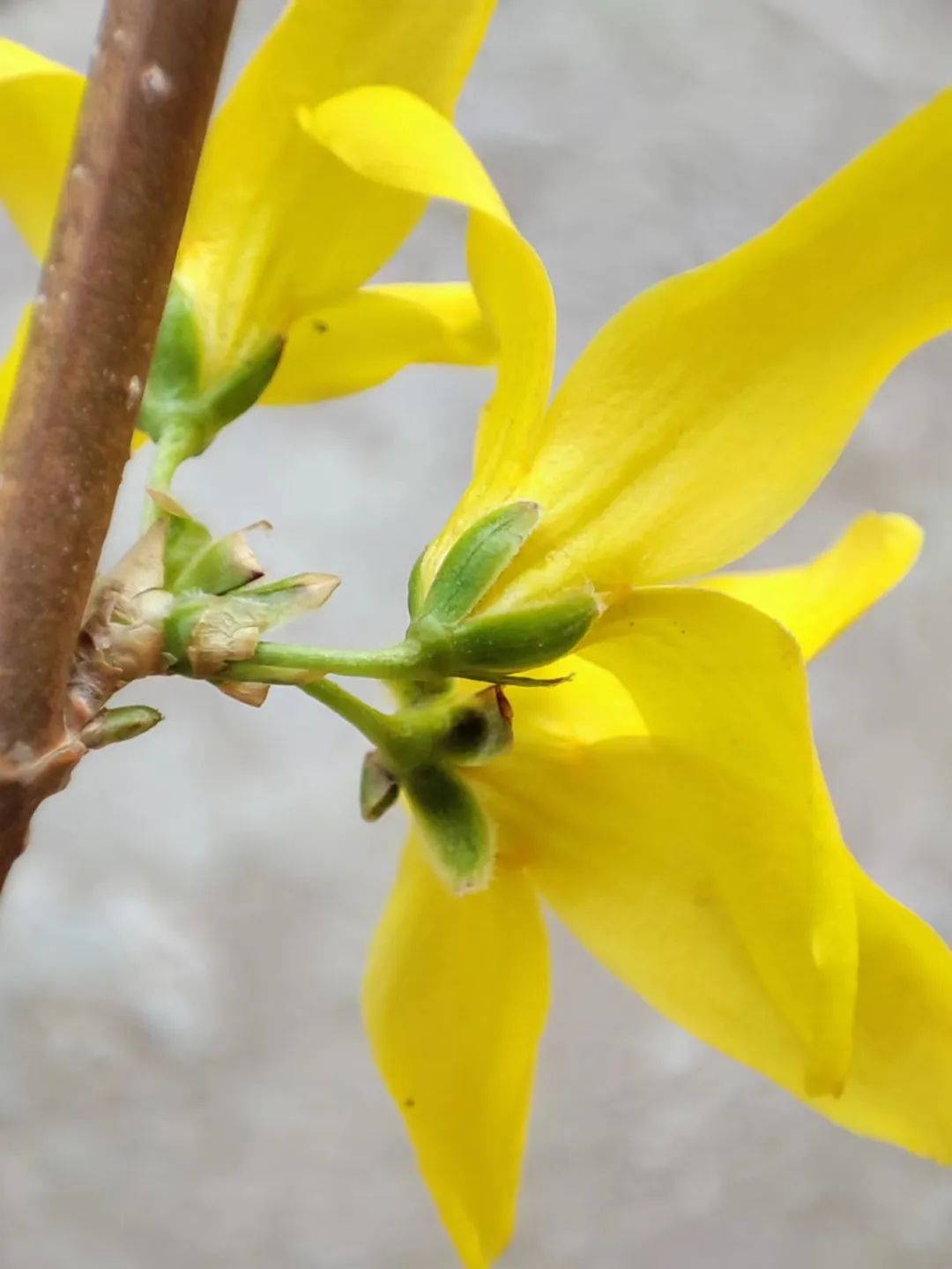
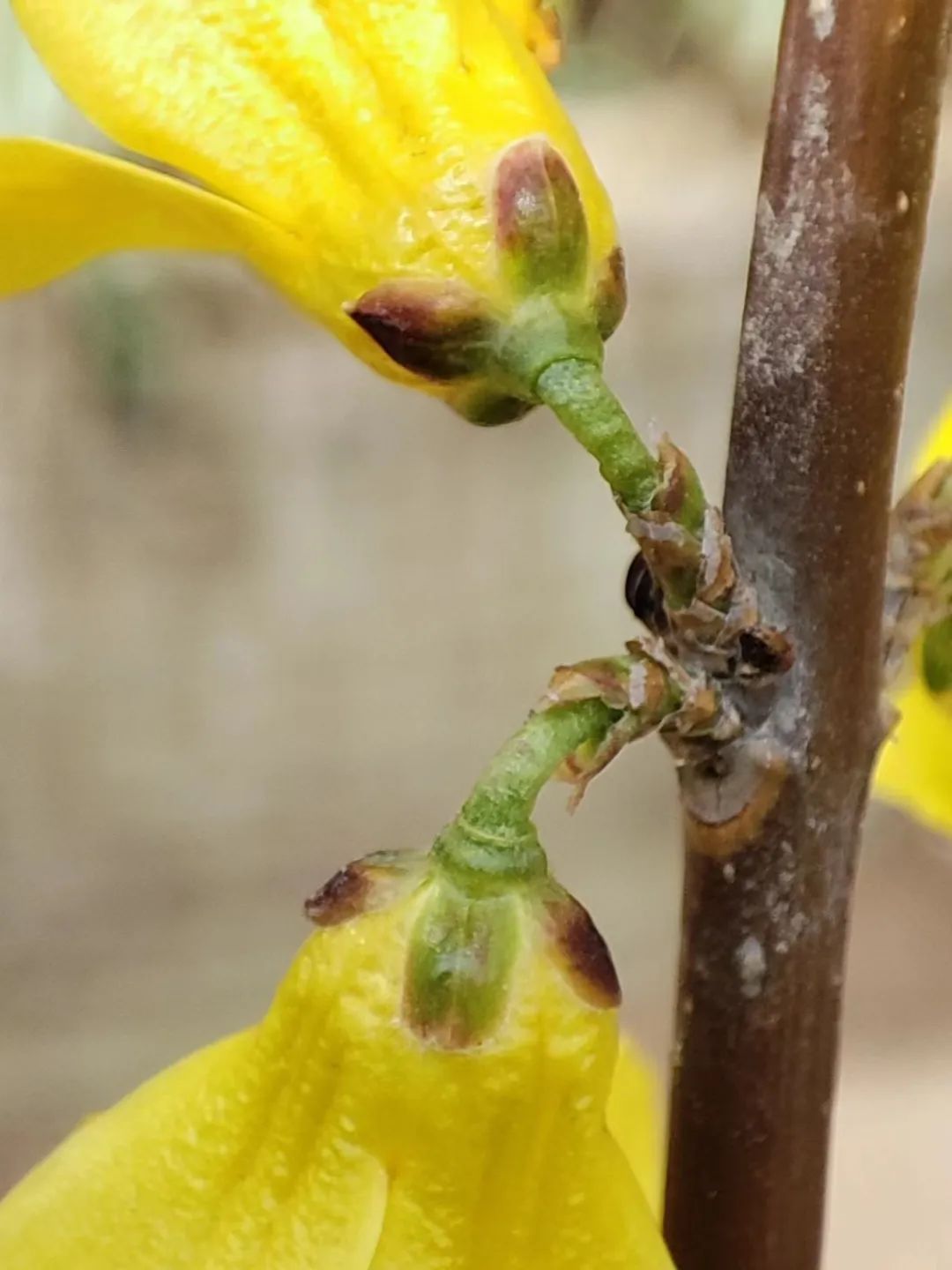
Forsythia Golden Bell Flower
The calyx of Forsythia is 6-7 mm long, perfectly wrapping the corolla tube, while the calyx of the Golden Bell Flower is 3.5-5 mm long, round and small, making it easier to distinguish.
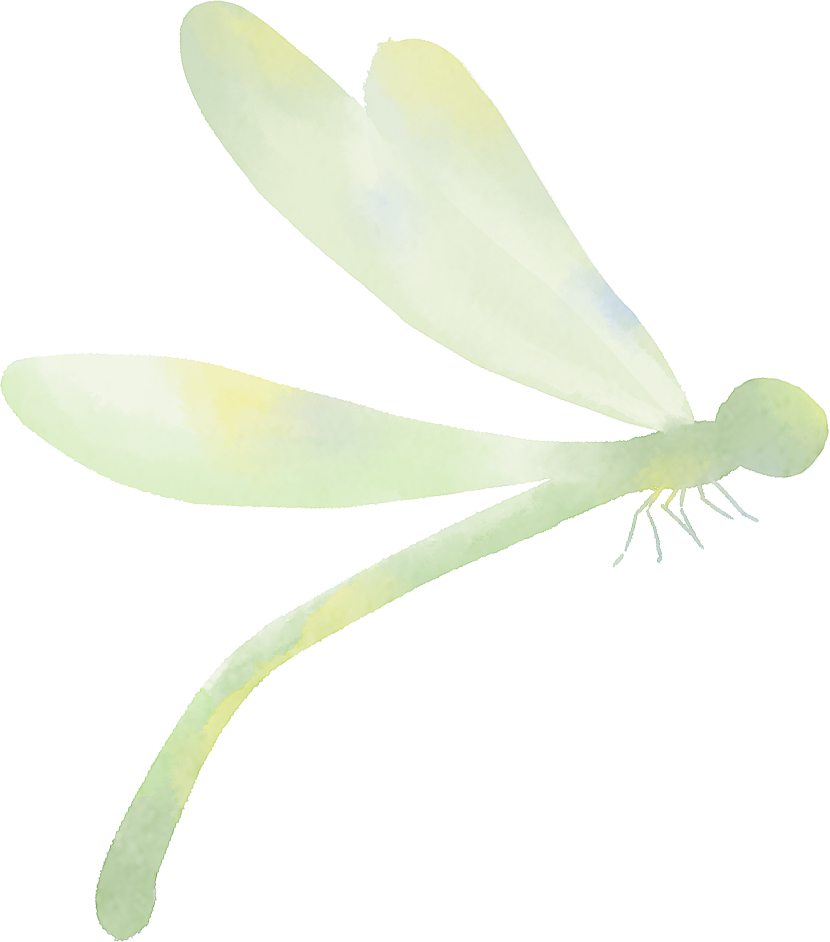
Identification Point 2: Internodes
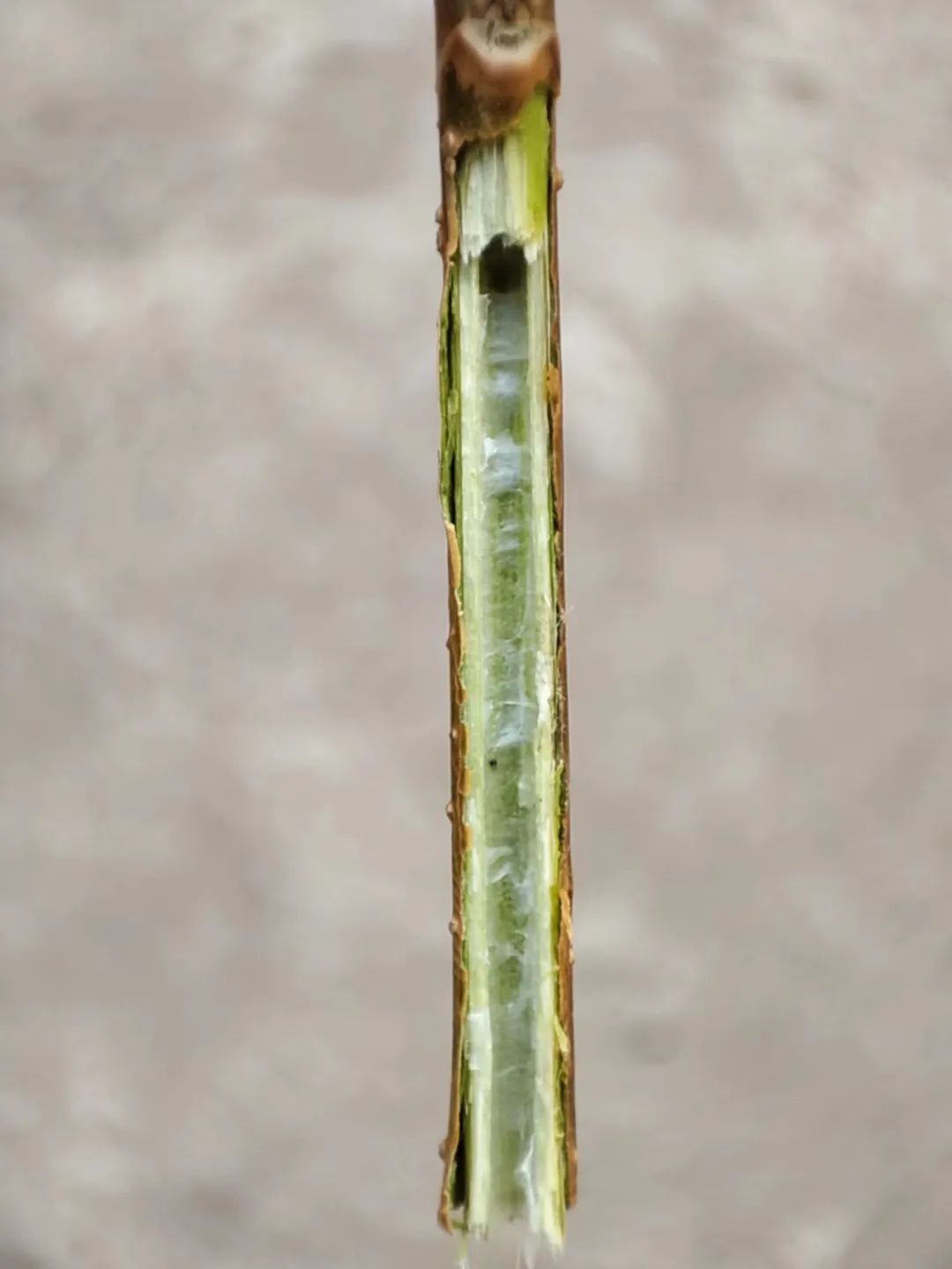
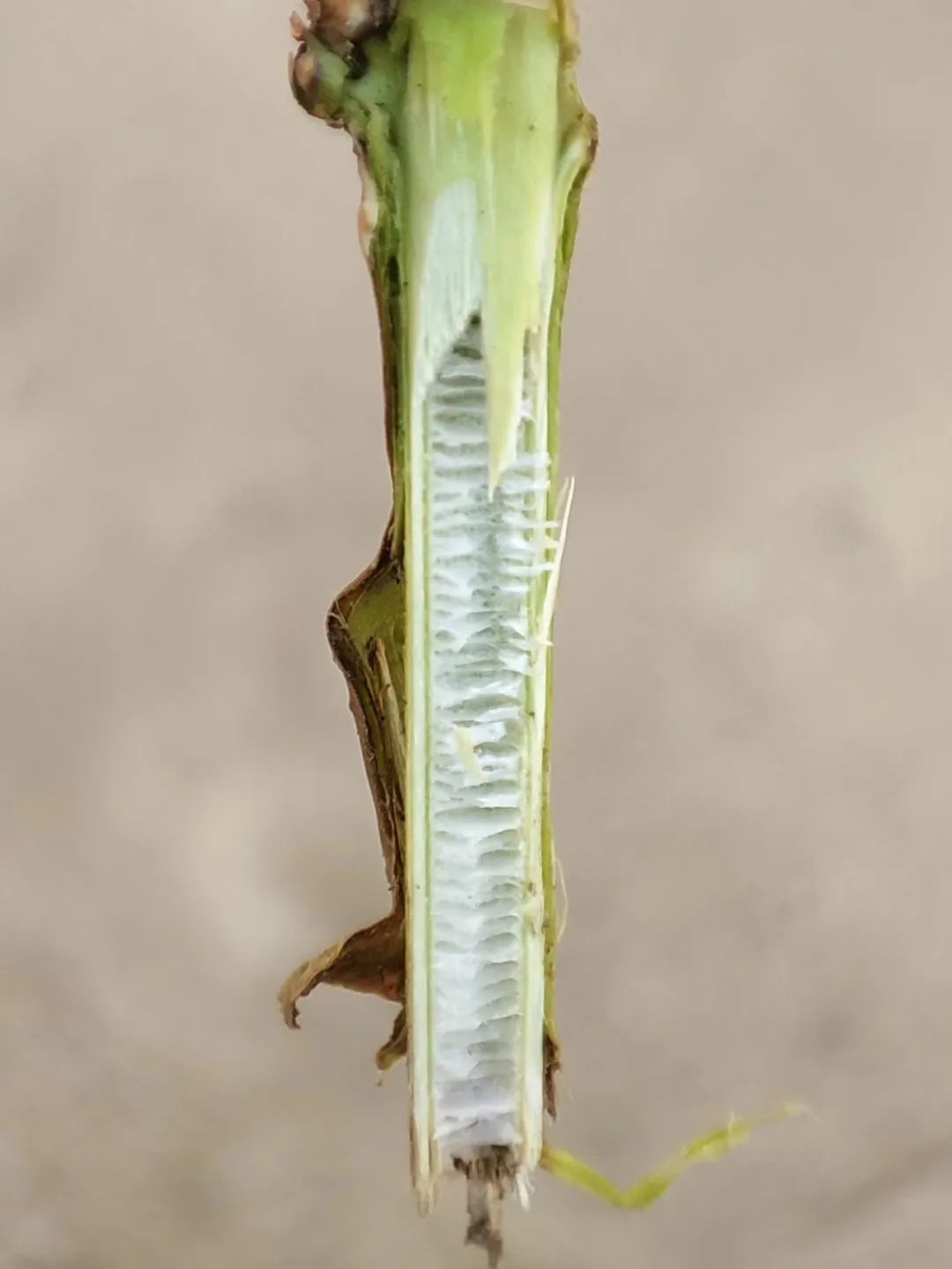
Forsythia Golden Bell Flower
The internodes of Forsythia are hollow, while the internodes of the Golden Bell Flower have a plate-like pith.

Identification Point 3: Branches
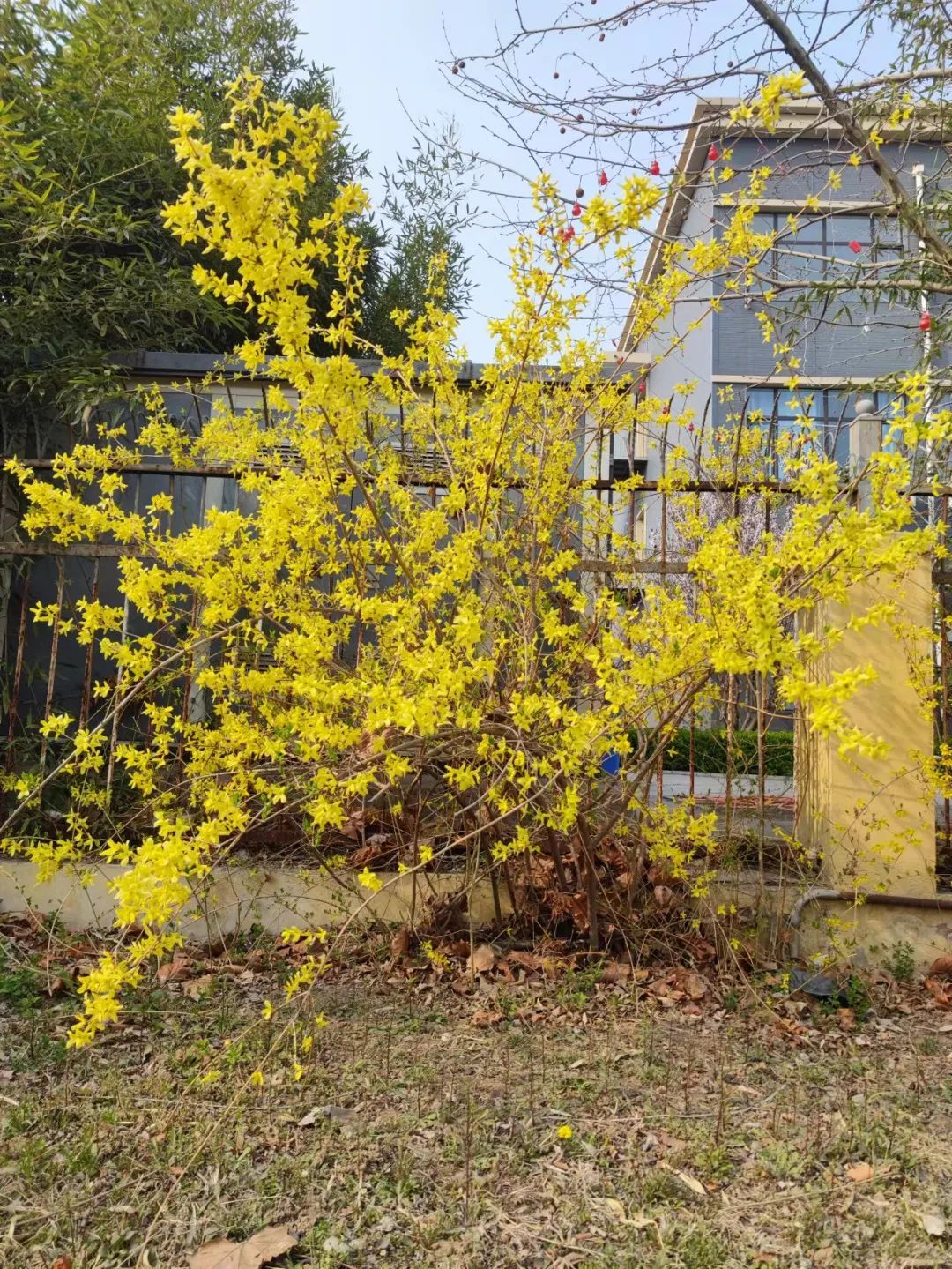
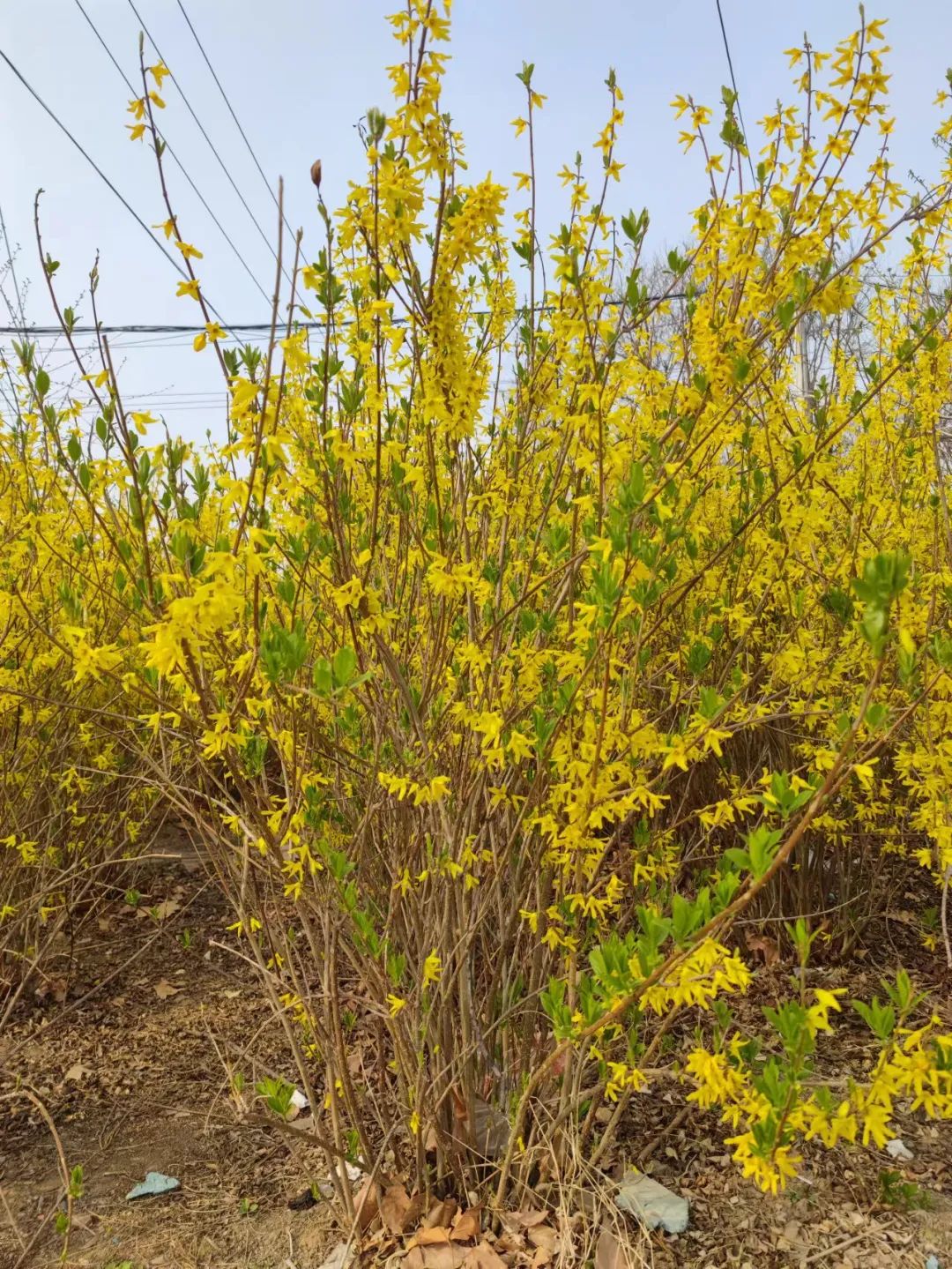
Forsythia Golden Bell Flower
The branches of Forsythia grow clustered, with branches spreading outwards like an open umbrella. The branches of the Golden Bell Flower are straight, as if reaching for the sky.
Everyone should now have a preliminary understanding of Forsythia.
Let’s delve deeper into its role as a medicinal material!
Characteristics of the Medicinal Material
This product is long oval to oval, slightly flattened. Length 1.5~2.5 cm, diameter 0.5~1.3 cm. The surface has irregular longitudinal wrinkles and many small raised spots, with one obvious longitudinal groove on each side. The tip is sharp, and the base has a small fruit stalk or has fallen off.
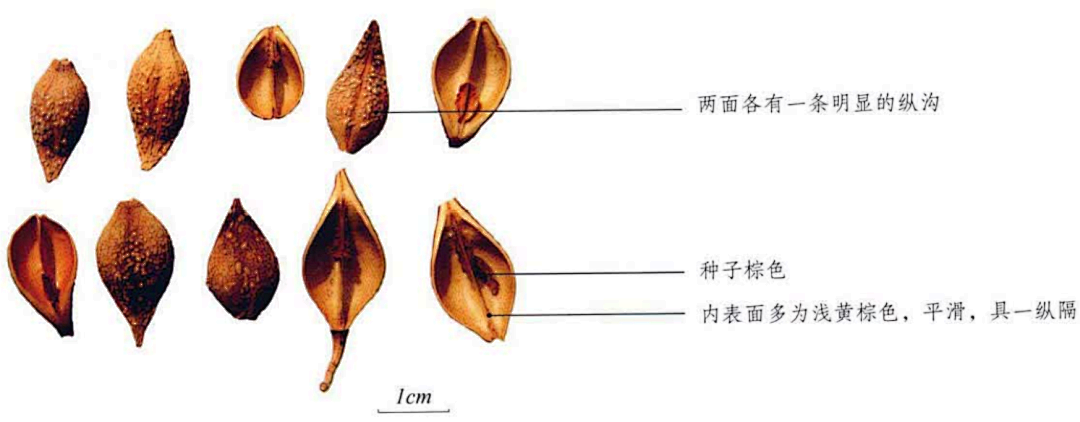
Qingqiao is mostly uncracked, with a green-brown surface, and fewer raised gray-white spots; it is hard; the seeds are numerous, yellow-green, slender, with wings on one side.
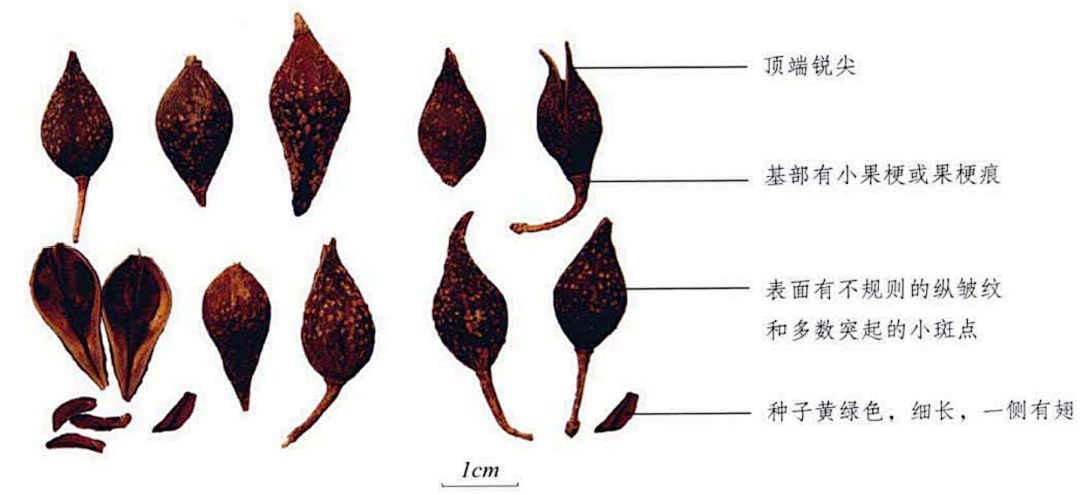
Laoqiao cracks from the top or splits into two lobes, with a surface yellow-brown or red-brown, the inner surface mostly light yellow-brown, smooth, with a longitudinal septum; it is brittle; the seeds are brown, mostly fallen off.
It has a slight fragrance and a bitter taste.
Traditional experience suggests that “Qingqiao” is best when green and uncracked, while “Laoqiao” is best when yellow, with larger lobes and thicker shells.
Processing Standards
Forsythia: Take the raw medicinal material, remove impurities and fruit stalks, wash with water, and dry in the sun. Sift out fallen pith and ash.
Red Forsythia: Take clean Forsythia, moisten with clean water, place in a container, mix evenly, sprinkle with cinnabar powder, mix slightly, and dry. Use 2 kg of cinnabar powder for every 100 kg of Forsythia.
Properties of Traditional Chinese Medicine
【Nature and Flavor】Bitter, slightly cold. Enters the Lung, Heart, and Small Intestine meridians.
【Functions and Indications】Clears heat and detoxifies, reduces swelling and disperses nodules, disperses wind-heat. Used for carbuncles, scrofula, mastitis, erysipelas, wind-heat colds, initial stages of warm diseases, heat entering the nutrient level, high fever with thirst, delirium with rashes, heat stranguria with pain.
【Dosage】6-15 g.
【Chemical Components】Mainly contains two types of components, one type is lignans, mainly found in stems and leaves, including forsythoside, forsythin, and burdock glycoside, etc. The other type is phenylethanoids, which are the antibacterial components in Forsythia. Additionally, it contains volatile components, which are mainly found in the seeds (Forsythia heart), with a content of over 4%.
【Storage】Store in a dry place.
Tea Substitute
On the Taihang Mountains, there is a treasure,
Golden and bright, named Forsythia.
Drying and roasting yield fragrant tea,
Clearing heat and dispelling fire for a refreshing taste.
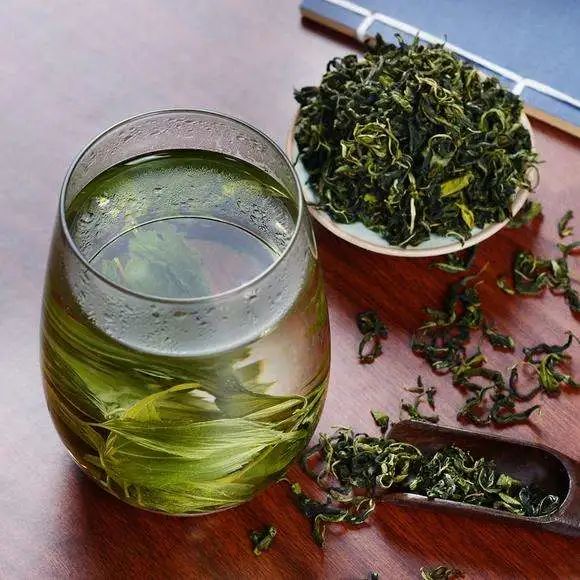

Scroll up and down to view this bookmark.
Forsythia not only has fruits that can be used as a heat-clearing and detoxifying medicinal material, but its leaves and flowers can also be used for tea. Regular consumption of Forsythia tea has certain efficacy in treating hypertension.
Harvesting:
The best time to harvest Forsythia flowers is when they first bloom, around the Grain Rain season. At this time, the Forsythia flowers are fresh, abundant, and the resulting Forsythia flower tea has a good flavor. The best time to harvest Forsythia leaves is 4-5 days after flowering, when 1-2 leaves have just emerged and are not fully unfolded. At this time, the leaves are tender and suitable for making Forsythia tea.
Steaming Method:
Sun-drying: Remove impurities from the harvested Forsythia leaves and flowers, then place them in the sun to dry until half-dry (removing 40%-50% of moisture), do not dry completely.
Steaming: Place the Forsythia leaves in a steamer. Since Forsythia leaves and flowers are very tender, the steaming time should not be too long, about 3-5 minutes (timed from when the water boils and the Forsythia leaves and flowers are added).
Rolling: When the steamed Forsythia leaves and flowers have lost 60%-70% of their moisture, roll them into strips.
Repeated Steaming and Rolling: The rolled Forsythia leaves and flowers are steamed again for 3-5 minutes, then dried and rolled again. This process is repeated 7-9 times (commonly known as “nine steams and nine dries“) until the final drying is completed, resulting in Forsythia tea.Through several steaming processes, the oils in the tea leaves are released, making it fragrant and moist, and allowing for long-term preservation.
Usage: The method of brewing Forsythia tea is the same as for regular tea, simply pouring boiling water directly over it is sufficient, and drink until the flavor is mild.
Storage: The prepared Forsythia tea can be stored for a long time, but it requires specific storage conditions. A dry, cool place is suitable for storage, preventing moisture from causing the Forsythia tea to absorb water and spoil.
Everyone can make Forsythia tea at home during their leisure time.
Summary of Materia Medica
According to the “Shennong Bencao Jing”: “Bitter and neutral. Treats cold and heat, mouse abscess, scrofula, carbuncles, bad wounds, goiter, heat accumulation, and toxic substances.”
According to the “Yao Xing Lun”, Forsythia is said to: “Promote urination, relieve dysuria, and eliminate heat from the heart.”
According to the “Rihua Zi Bencao”, Forsythia is said to: “Unblock the small intestine, relieve distension, treat sores and boils, stop pain, and regulate menstruation.”
According to the “Jin Yixue Qiyuan”, Forsythia is said to: “Clear heat from the heart, eliminate heat from the upper jiao, and is essential for treating sores and ulcers.”
According to the “Bencao Gangmu”, Forsythia is described as: “Slightly bitter and pungent, it is the main medicine for the Shaoyin Heart and Jueyin Pericardium Qi. It treats all pain, itching, sores, and ulcers related to heart fire, thus being a sacred medicine for the twelve meridians. It also treats heat in the Qi of the Shaoyang and Yangming meridians.”
END
Forsythia
Flowers for viewing, leaves for tea, fruits for medicine
All parts are treasures
Deserving of the title “Golden Branch”
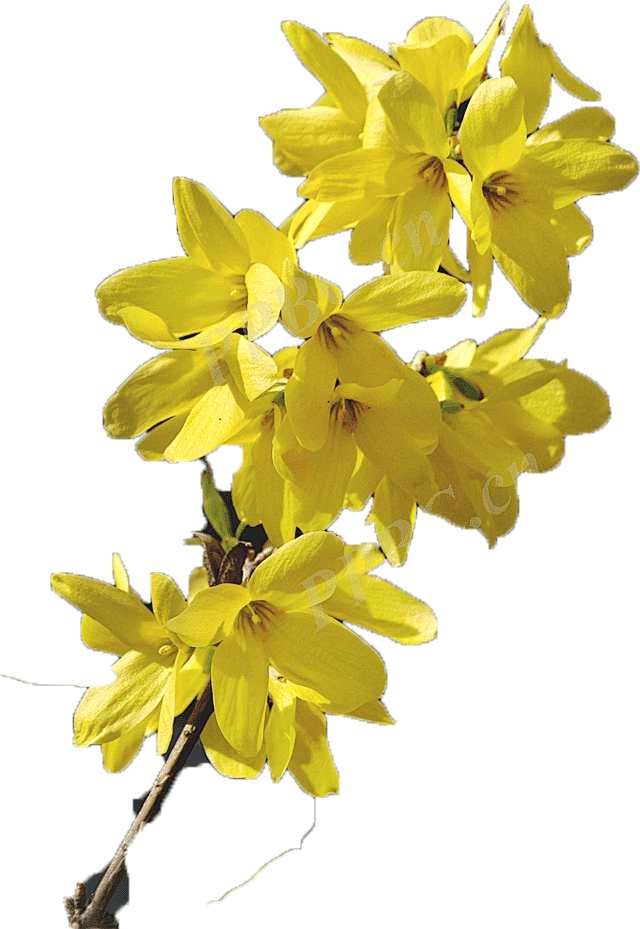
(Source: Medical Source)
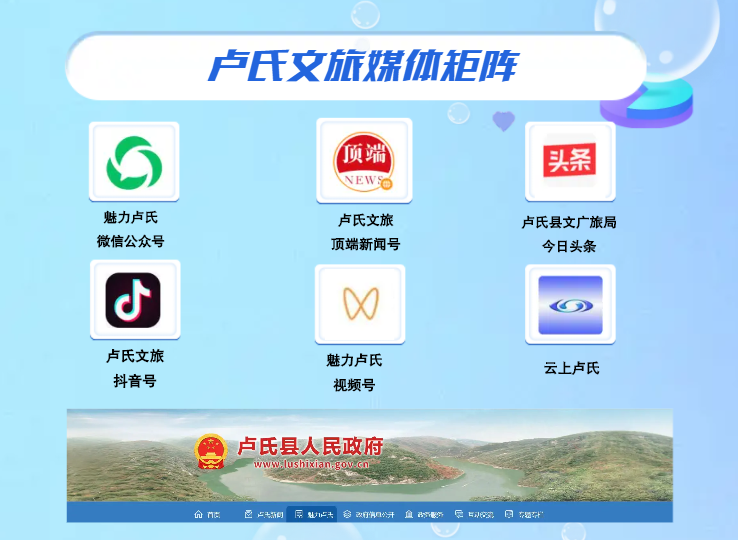
Today isMarch 15, 2024 Friday
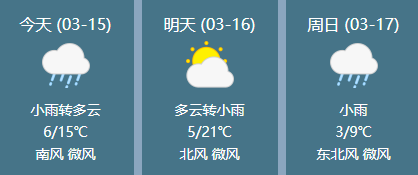
Free Mountain Water, Clear Lushi
Heroic Land, Red Xinchuan
Welcome!


Submission Email:[email protected]


Long press the QR code to follow me


